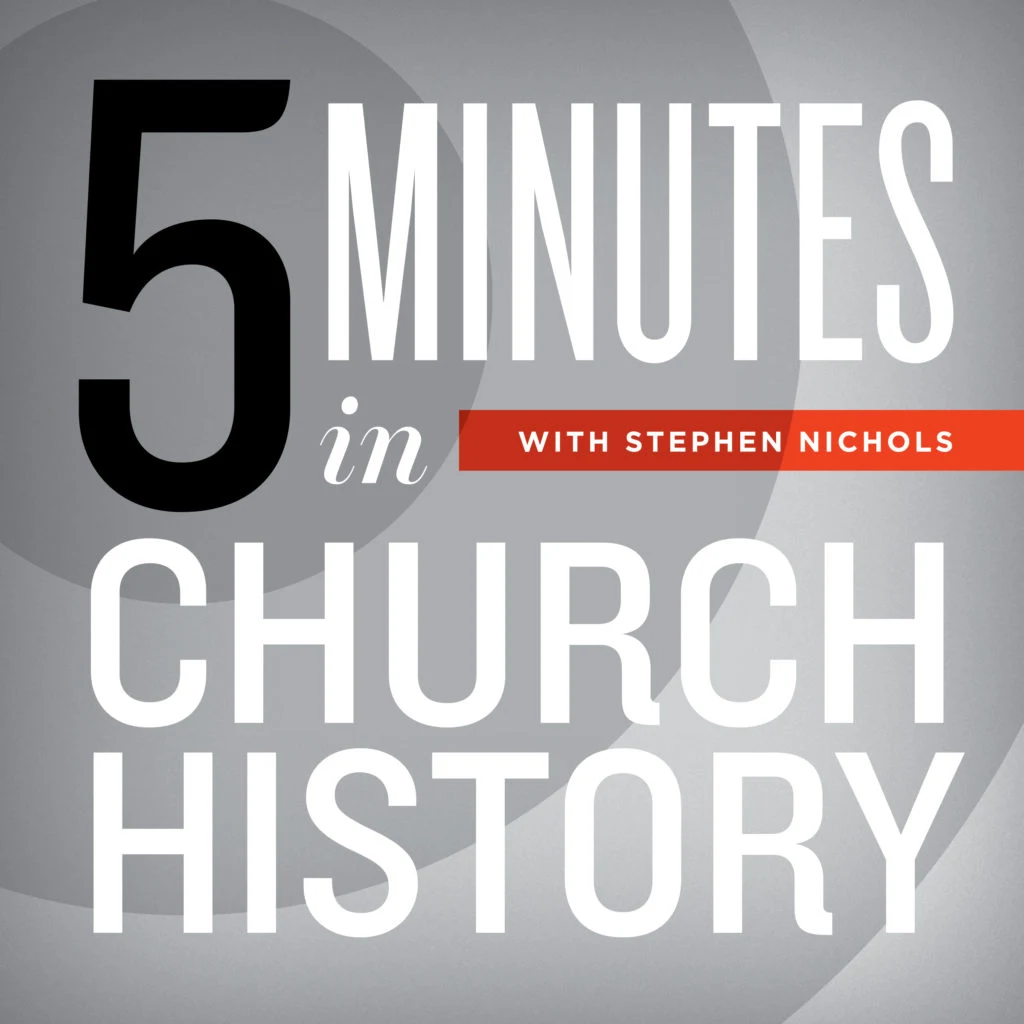London on Location: The English Reformation in 5 Acts

Iconic sites from church history can be found around many corners of the city of London. Today, Stephen Nichols is on location to discuss five acts of legislation that shaped the English Reformation.
Welcome back to another episode of 5 Minutes in Church History. On this episode, we are in the city of London. We are on location in this great city, which is such a rich site for church history, and I thought being here in London, we could offer up a summary of the English Reformation. So here we go, the English Reformation in five acts. Now this is not like the five acts of Shakespeare’s plays. These are acts that are signed by the Monarch. The first is the Act of Supremacy, 1534. This was signed by Henry VIII, of course. Prior to the Act of Supremacy, England is Roman Catholic, and it is a very Roman Catholic country. And with the Act of Supremacy, Henry is declaring to be the head of the Church of England. They are breaking from the Church of Rome and establishing an independent church, the Church of England. Much of that was the result of Thomas Cranmer’s work behind the scenes being influenced by Luther and the Continental Reformers and urging Henry to make that change. So, act number one, the Act of Supremacy 1534.
For act number two, we need to go to 1559. And now we have Elizabeth, Henry’s daughter, on the throne, and we have the act of Conformity or Uniformity. In between Henry and Elizabeth, we had Edward VII, and the Reformation made great headway under Edward VII, but then we had Queen Mary, Bloody Mary, who was Catholic to the core, and so she returned Catholicism to England. Elizabeth is a Protestant, but she doesn’t want her country divided between those who were very radical in their views of the Reformation and didn’t think that the Act of Supremacy and the Anglican church went far enough in its Reforms, and on the other hand, the Catholics. She wanted unity among her people. So, she signed into law the Act of Conformity or Uniformity. That legislation brought the Puritans into existence. They were originally known as non-conformists because they would not conform to the Act of Conformity, or they were also called dissenters. And as a term of derision, they were called puritans.
Well, the third act is an act of parliament. It was never recognized by the king. The king at the time of this act was Charles I. And he was embroiled in a civil war and also in a war against Scotland. And so, parliament meeting in what was called the Long Parliament called forth an act to have the Westminster Assembly meet, and meet they did. They met in Westminster Abbey most of the time in the Jerusalem Chamber there in the Abbey. From 1643 to 1648, the Westminster Assembly produced the Westminster standards. It’s the Westminster Confession of Faith, the Shorter Catechism, the Longer Catechism, and the public Directory for Worship. So, the act of Parliament to call Westminster Assembly and the Westminster Assembly in the 1640s.
Next up, the fourth act is 1662, the Conventicle Act, Charles II and the so-called Restoration. The Monarch is restored after the time of the Parliament and Puritanism is out, and Anglicanism is back in. And the Conventicle Act prohibited a religious meeting without a licensed minister. And one of the first persons arrested under the Conventicle Act was none other than John Bunyan. And we would all say that Bunyan used his time in prison rather wisely, and rather well. It was while he was there in his prison cell that he wrote that beautiful book, Pilgrim’s Progress. So, the Conventicle Act was a time of much persecution for the Puritans, where they would be imprisoned or pilloried, put in the public stocks. And so, it was a very difficult time, but these Puritans remained faithful and true.
Well, fifthly, we have the Act of Toleration in 1689. This put an end to the religious persecution, at least the public aspect of religious persecution. And it was an Act of Toleration, an act of religious freedom. So, there it is, the English Reformation in five acts, and we are here in London. And I'm Steve Nichols, and thanks for joining us for 5 Minutes in Church History.
Recent Episodes
Christmas in New England
December 24, 2025|General Church History
A Little Church History of a Middle Colony: The First Great Awakening
December 17, 2025|American Church History
A Little Church History of a Middle Colony: Early Influences
December 10, 2025|American Church History
Gunpowder and a Proclamation
December 3, 2025|Geographical Perspectives
Thanksgiving in Church History
November 26, 2025|American Church History
3 Sermons on the Hallelujah Chorus
November 19, 2025|General Church History
